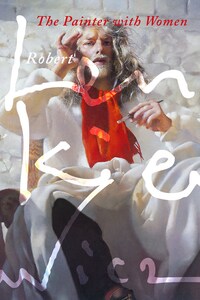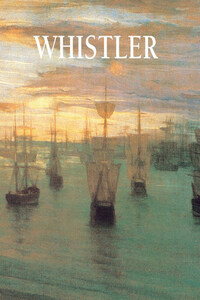The Friday Project
An imprint of HarperCollinsPublishers
77–85 Fulham Palace Road,
Hammersmith, London W6 8JB
www.harpercollins.co.uk
First published by White Lane Press
This edition published by The Friday Project in 2014
Copyright © The Lenkiewicz Foundation Trust
Front cover image: Self-Portrait as St Antony Listening. 1993.
A catalogue record for this book is available from the British Library
Photographers: Mike Alsford, Dominic Burd, Bjorn Grage, Derek Harris, Anna Navas, Rhona Stokes and the late Philip Stokes. All black and white photographs, unless otherwise stated, are by Dr Philip Stokes. All colour photography is by Derek Harris unless otherwise indicated.
All rights reserved. No part of this publication may be reproduced, stored in a retrieval system, or transmitted, in any form or by any means, electronic, mechanical, photocopying, recording or otherwise, without the prior written permission of the publishers.
Ebook Edition ISBN: 9780007570096
Version: 2014-11-11
A short while after I opened the New Street Gallery on Plymouth’s Barbican in 1987, Robert Lenkiewicz, with his insatiable curiosity about art and artists, became a regular visitor to the exhibitions. Since my first visit to Plymouth as a student some ten years earlier, I had been an admirer of his work, which had left a lasting, powerful impression, completely different from anything I had encountered at the time in galleries in London or abroad.
I soon asked him if he would be interested in showing some paintings, and he eventually agreed to a small showing of his aesthetic notes with nothing for sale – designed to test, I now realise, the seriousness of a commercial gallery. We hung that show together late one night, the paintings packed tightly into a tiny, blacked-out room. The nature of the explicit subject matter in a provincial city provoked a polarised response in visitors to the gallery; many fascinated, some shocked or even offended – despite a sign posted outside which warned that the local council deemed the show potentially unsuitable for those under eighteen – to which Lenkiewicz had added, ‘This is not the painter’s opinion.’ I began to visit him in his studio on a regular basis and follow the progress of his work at close quarters. Lenkiewicz became an inspiring influence. Like him, the gallery had little money: the raison d’ être was to do something interesting for itself, and survive.
Over the course of the next two years, New Street Gallery staged three exhibitions of paintings for Lenkiewicz’s Project 18 – The Painter with Women: Observations on the Theme of the Double. These were preliminary showings of the full exhibition which was finally exhibited at the International Convention Centre in Birmingham in January 1994 under the auspices of the Halcyon Gallery. These early showings were raw and basic in their presentation: cheap, cramped and claustrophobic – the complete opposite of the large-scale, slickly marketed Birmingham version.
Of all Lenkiewicz’s Projects, The Painter with Women was arguably the longest in the making, and during those six years it underwent significant development. This book charts that evolution through the artist’s own extensive diaries and other first-hand material, in particular the photographs and diaries of his friend, the photographer Dr Philip Stokes.
The Project began, almost inadvertently, as the result of events in Lenkiewicz’s private life, and as a reaction to the negative critical response to his previous Project on local education. The original theme of ‘The Double’, which harked back to earlier ideas about relationships, soon took on new dimensions with Lenkiewicz’s adoption of classical allegories, in particular, that of the monastic St Anthony of Egypt. His research into the St Anthony theme took him from Athanasius’ Life of Anthony and Grünewald’s Isenheim Altarpiece through to more modern interpretations by French writer Gustave Flaubert and, especially, composer Paul Hindemith in his 1935 opera Mathis der Maler. As Lenkiewicz’s identification with his alter ego of Anthony grew, the sub-text of the Project increasingly became a meditation on the artist’s own life.
Two factors had a significant impact on the Project: firstly, Lenkiewicz’s decision to collaborate with a commercial gallery for the first time in presenting the full exhibition outside his own premises; secondly, the diagnosis of a serious heart condition, the treatment of which he delayed to meet the exhibition’s deadline. He later explained the consequent result as follows:








